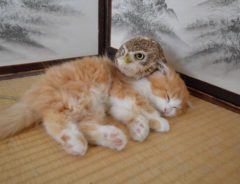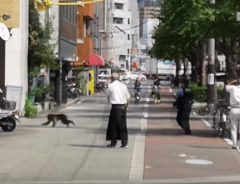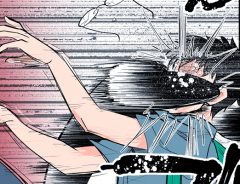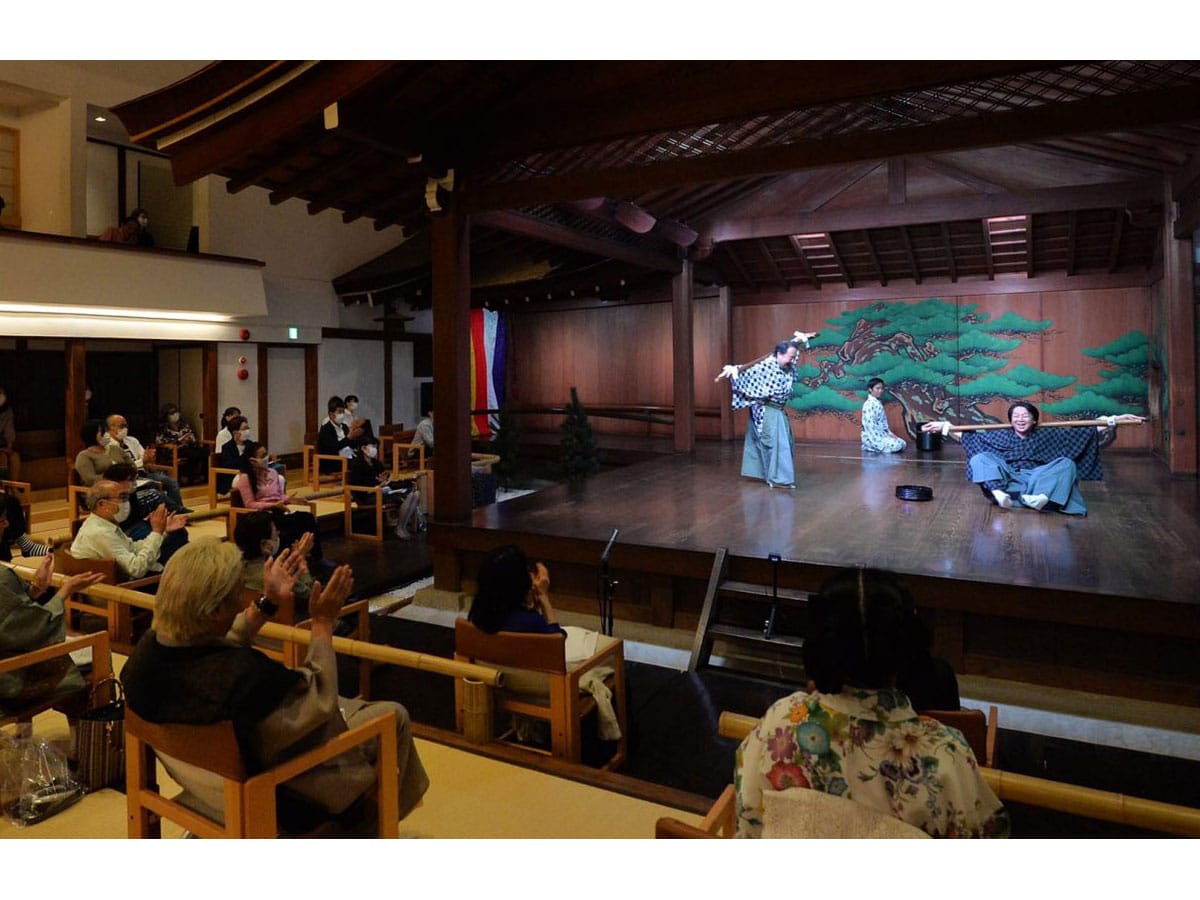- Tags:
- bunraku / kyogen / Noh / Osaka / performing arts
Related Article
-

Cat And Owl Besties Are Just Some Of The Animals You Can Visit At Osaka’s Cat Cafe
-

Show Osaka Pride with Cointreau’s Takoyaki Octopus Ball Cocktail Recipe
-

Wild Japanese Macaque Sighted in Downtown Osaka / Monkey Do’s and Dont’s in Japan
-

The No Make-Up Allowed Cafe in Tokyo Where Staff Rock the Natural Look
-

Universal Studios Japan Announces Final Fantasy VR Roller Coaster That Lets You Travel The Worlds Of The Series
-

When Train Cultures Collide: Tatami Kanzaki’s One-Frame Manga Depicts A Traveler’s Woes



(Noriko Kameoka, Osaka Culture Section, The Sankei Shimbun / JAPAN Forward)
Who would have imagined such a long period of inactivity in the performing arts when the novel coronavirus pandemic first hit Japan?
Since the end of February, traditional performing arts events, such as kabuki and bunraku, have either been cancelled or postponed. Furthermore, the declaration of a state of emergency has led nearly all live performances to vanish from Japan.
Although the lifting of business closure advisories shed some hopeful rays of light on the road to normal life, the nature of the performing arts has prevented activities from resuming so quickly. To begin with, the performing arts inherently embody the three Cs, which stand for “closed spaces, crowded places, and close-contact settings” — the slogan used by the Japanese government when recommending measures to avoid the spread of COVID-19.
Performances involve crowds of people gathering at theaters, both on stage and in the audience, while rehearsals require close-contact communication. Moreover, even if audience numbers are limited in order to prevent infections, concerns arise over whether necessary profits can be achieved.
One kabuki actor said with a sigh, “I cannot tell when performances will resume again.” Another individual involved in bunraku articulated the challenges, saying: “Bunraku requires three puppeteers to work closely together to operate one puppet. The 3Cs simply cannot be avoided.”
Exploring Ways to Keep Culture in Our Lives
Photo by Sankei Shimbun | © JAPAN Forward, Inc.
In the midst of such challenging circumstances, an experimental performance was carried out on June 1 at the Yamamoto Noh Theater in Chuo ward, Osaka.
(...)
Written by Japan ForwardThe continuation of this article can be read on the "Japan Forward" site.
[Corona ni Makeruna] Performing Arts Bounce Back in Osaka Amid the Pandemic